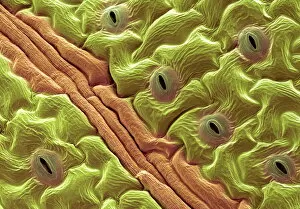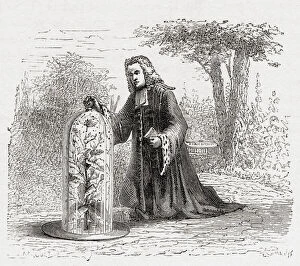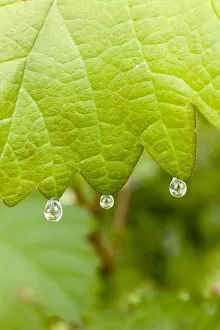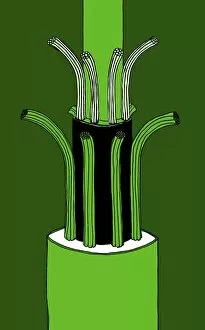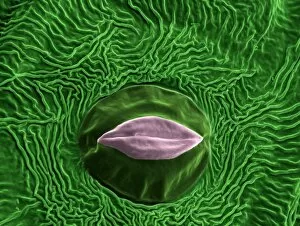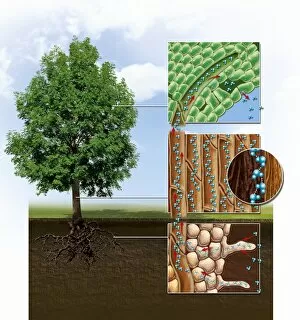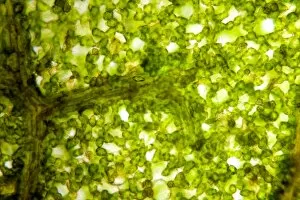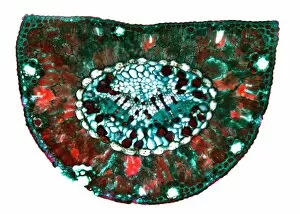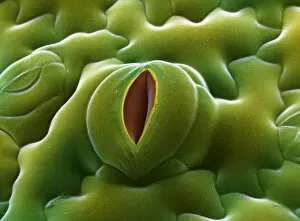Transpiration Collection
"Transpiration: Unveiling Nature's Waterworks through Leaf Pores" Through the lens of a scanning electron microscope (SEM
All Professionally Made to Order for Quick Shipping
"Transpiration: Unveiling Nature's Waterworks through Leaf Pores" Through the lens of a scanning electron microscope (SEM), we delve into the intricate world of transpiration. English oak leaf pores, captured in stunning detail, reveal the hidden mechanisms behind this vital process. Similarly, French lavender leaf pores under SEM expose nature's elegant design. In Brewster, Washington State, colorful wooden fruit shipping crates stand as a testament to the bountiful harvest fueled by transpiration. Meanwhile, Seattle embraces the beauty of sunset while catching the Bainbridge Island Ferry—a scene made possible by water movement within plants. The Golden Gate Bridge in San Francisco witnesses bustling early morning traffic as commuters navigate their way through this iconic structure. Little do they know that Musschenbroek's groundbreaking experiment paved the way for our understanding centuries ago. His discovery showcased how water evaporates from leaves, stems, and flowers—leaving dew-covered foliage each morning. Lake Clark National Park and Preserve in Alaska showcases its majestic landscapes with flyovers on airplanes—an experience made possible by plants' remarkable ability to transport water against gravity. Returning to San Francisco's Golden Gate Bridge once more, we witness yet another rush hour spectacle—the city awakening amidst fog-kissed surroundings. Amidst it all lies a microscopic wonder: potato leaf stomata observed under SEM—a reminder that even at such grand scales as national parks or busy cities, transpiration plays an essential role in sustaining life. Lastly, a grapevine leaf reveals guttation—an intriguing phenomenon where droplets form at specialized structures called hydathodes—unveiling yet another facet of plant biology influenced by transpiration. From microscopic wonders to breathtaking landscapes and historical experiments—it is clear that transpiration is not just an ordinary process but rather an extraordinary force shaping our natural world.

